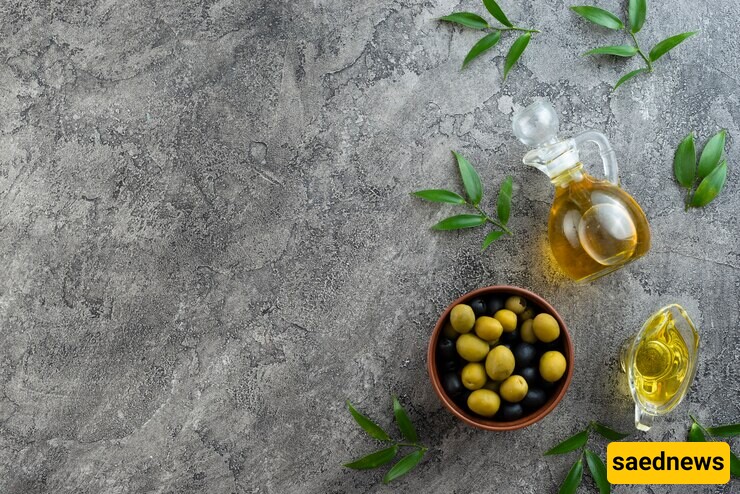SAEDNEWS: My happiness started with a few olive trees we had in our home. Every year, during the olive harvest season, we would pick olives from several trees in our garden, which were also quite fruitful, and using the homemade methods that my mother knew, we would prepare and sell its products.


Happiness often begins with something as simple as a few olive trees in a home garden. Each year, during the olive harvest season, olives are picked from several fruitful trees. Using traditional homemade methods, these olives can be prepared and sold. In regions where olives are a central product, the abundance of orchards can offer significant growth opportunities in this field, potentially leading to substantial income. There's much more to learn about this amazing product.
Olives are a type of tree fruit that is highly regarded by health enthusiasts due to its numerous benefits. Therefore, exporting olives can be a suitable option for traders, considering their production in the country. First, we should note that despite the existence of exports in this sector, unfortunately, there is a weak domestic market for Iranian olives. As a result, this delicious and nutritious fruit is imported into the country from Spain, Turkey, and Syria. It can be said that the export trade of olives in Iran still has a lot of room for growth. If you are looking for countries with high potential to export your olive products, Iraq, Saudi Arabia, and the UAE are suitable options, and the olive trade in Iran is well-suited for these countries.
Shiraz olives have unique and amazing properties, and today, in addition to being used for consumption, they are also used in industries such as cosmetics and personal care. This has led to an increase in the trade and export of olives. The daily buy and sell prices of olives fluctuate annually, depending on supply and demand. The olive tree is an evergreen plant scientifically known as Olea europaea from the Oleaceae family and is one of the oldest plants in the Mediterranean region, particularly the Middle East. There are varying opinions about its origin. Some believe its origin is Italy, from where it spread to Syria and Iran, while others argue that its native land is central Iran and Baluchestan, from where it later spread to other regions.
Olives alone contain a significant amount of healthy, non-trans fat for the body. When combined with walnut oil and olive oil, the fat content of this delicious condiment becomes even higher. However, since this amount is beneficial, incorporating it into meals helps with weight loss and maintaining a healthy body. Olive paste is one of the traditional and popular condiments in Iran. The origin of olive paste goes back to the northern regions of the country. If you've traveled to the northern provinces of Iran, you’ve probably seen this condiment on their colorful tables.

